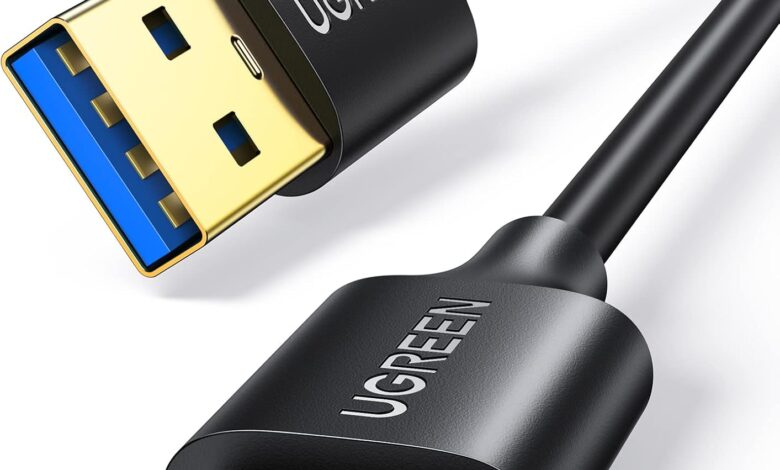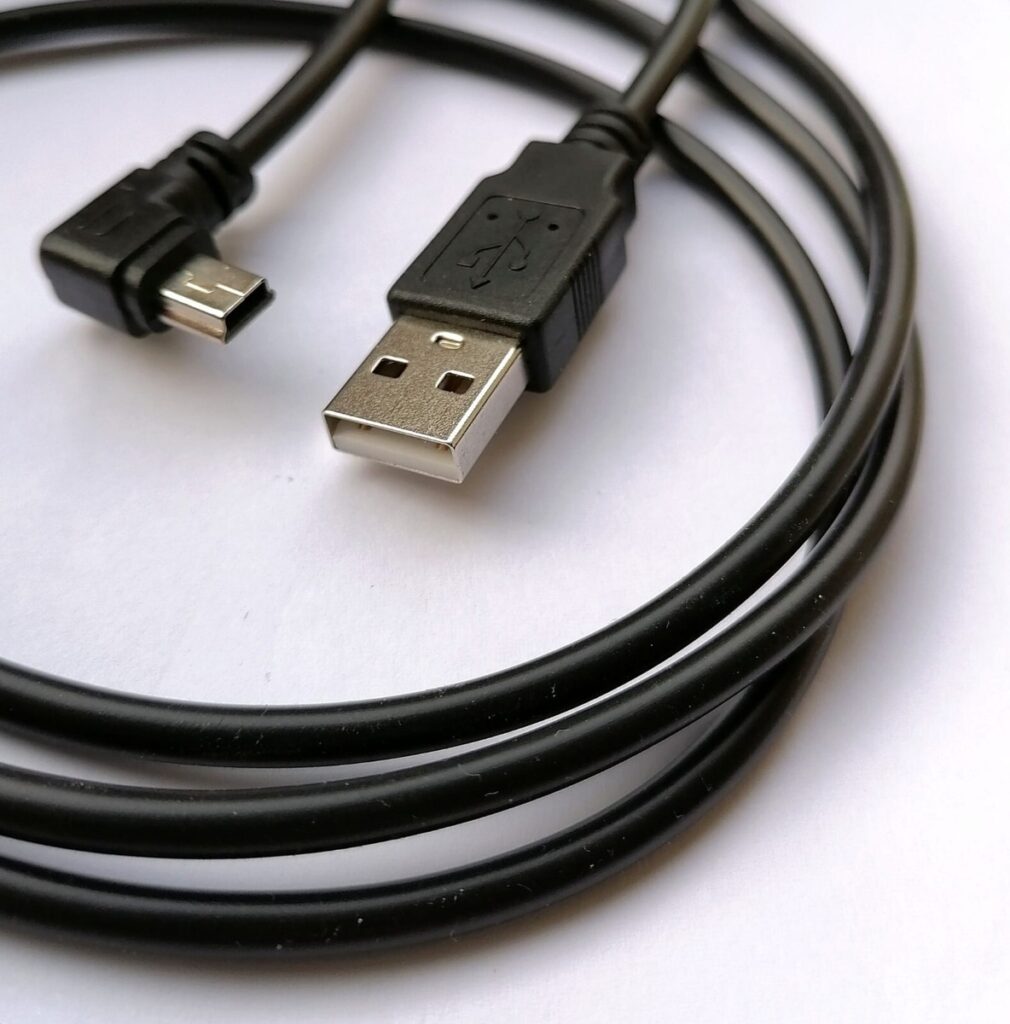Cable External – Durable Outdoor Cables for All Installations

In today’s modern world, connectivity and reliable power are essential not just inside our homes and businesses but also in outdoor environments. From powering garden lights and CCTV cameras to enabling high-speed internet in external spaces, the right cable external plays a critical role. Unlike indoor cables, which are designed for controlled environments, external cables are built to withstand weather conditions, UV exposure, moisture, and mechanical stress. Choosing the correct type of cable for outdoor use is crucial for safety, durability, and long-term performance.
When selecting an outdoor cable, many factors come into play—material, insulation, shielding, and installation method. For homeowners, this may mean selecting the correct cable for powering garden lighting or extending Wi-Fi to outdoor areas. For businesses and industries, it often involves installing heavy-duty cables for networking, power distribution, or security systems. Regardless of scale, the importance of using the right external cable cannot be overstated. Using indoor cables outdoors can lead to deterioration, short circuits, or even fire hazards.
This comprehensive guide explores the world of external cables in depth. We’ll cover what makes them unique, their different types, common applications, how to choose the right one, and best practices for installation and maintenance. Whether you’re a DIY enthusiast looking to wire your garden or a professional contractor managing large-scale projects, understanding cable external solutions is key to achieving safe and reliable results.
Understanding External Cables
What Are External Cables?
External cables are specifically engineered for outdoor use. Unlike indoor cables, which are generally shielded only against light wear and tear, external cables feature durable jackets made from UV-resistant, waterproof, and flame-retardant materials. These jackets protect the inner conductors from environmental factors such as rain, frost, intense sunlight, and fluctuating temperatures. Additionally, many outdoor cables are armored to protect against rodents, accidental cuts, or heavy mechanical stress.
Types of External Cables
There are several categories of external cables, each serving a unique purpose. Power cables are commonly used for outdoor electrical wiring in gardens, garages, and external power points. Networking cables, such as outdoor-rated Cat5e, Cat6, or fiber optic cables, provide reliable internet connectivity for outdoor offices, Wi-Fi hotspots, or CCTV cameras. Coaxial cables are used for external satellite or TV connections, while armored cables are ideal for underground installations where durability is paramount. Specialized audio and marine-grade cables are also available for unique applications.
Standards and Regulations
External cables must meet specific industry standards to ensure safety and performance. Depending on the region, these may include British Standards (BS), International Electrotechnical Commission (IEC) certifications, or UL ratings. Adhering to these standards ensures that the cables can handle voltage loads, environmental conditions, and fire safety requirements. Non-compliance not only risks equipment failure but can also lead to legal liabilities in case of accidents. Therefore, always verify that your chosen cable external meets recognized safety and building regulations.
Applications of External Cables
Residential Use
In residential settings, external cables are widely used for powering outdoor lighting systems, garden fountains, and patio heaters. Homeowners also rely on them for running power to sheds, garages, and outdoor kitchens. With the increasing popularity of smart homes, many families use external Ethernet cables to extend Wi-Fi coverage into gardens and outdoor living spaces. Additionally, external-rated cables are crucial for connecting security cameras, alarms, and intercoms, ensuring uninterrupted safety and communication.
Commercial and Industrial Use
Businesses and industries rely heavily on external cables for reliable operations. In construction sites, they provide power distribution across outdoor areas. Event organizers use external cables to power temporary stages, lighting systems, and audio equipment. Factories and warehouses may use armored external cables for connecting equipment in harsh conditions, while office complexes often install external networking cables to maintain strong connectivity across large premises. The durability and resilience of these cables make them indispensable in commercial environments.
Specialized Applications
Beyond homes and businesses, external cables also serve specialized applications. In marine environments, waterproof and salt-resistant cables are used for ships, docks, and offshore platforms. Renewable energy projects, such as solar panels and wind turbines, rely on heavy-duty external cables to transfer energy from outdoor installations to storage or grid systems. Underground and aerial installations, whether for power or data, also demand robust external cables designed to withstand physical pressure, weather, and prolonged exposure.
Choosing the Right External Cable

Key Factors to Consider
When choosing an external cable, several factors must be considered. Durability and weather resistance are critical—UV exposure, rainfall, and temperature extremes can quickly degrade low-quality cables. Insulation quality determines how well the cable can resist moisture and prevent electrical leakage. Additionally, cable thickness and conductor quality affect performance, especially in data transmission and power delivery. Selecting the right specification ensures safety, longevity, and efficiency.
Installation Environment
The location and installation method play a big role in cable selection. For underground installations, armored cables or direct-burial rated cables are essential to prevent damage from soil pressure or pests. For overhead installations, cables need flexibility and protection against sagging or wind stress. Cables exposed to industrial environments may require additional shielding against chemicals, oils, or physical impacts. Matching the cable to its environment ensures reliable operation and minimizes maintenance costs.
Cost vs. Quality
While budget is always a consideration, compromising on cable quality can be costly in the long run. Low-grade cables may fail prematurely, leading to frequent replacements or costly repairs. High-quality cables, while slightly more expensive, offer better performance, higher resistance to environmental stress, and longer lifespans. In addition, quality cables reduce the risks of electrical hazards, making them a safer and more economical choice in the long term.
Installation and Maintenance Best Practices
Proper Installation Techniques
Proper installation of external cables ensures both safety and efficiency. This involves using the right tools, sealing joints and connectors to prevent moisture ingress, and avoiding sharp bends that may weaken the cable. Cable trays, conduits, and junction boxes should be used to protect the cable from accidental damage. For buried cables, correct depth and protective coverings are essential to comply with regulations.
Common Mistakes to Avoid
One of the most common mistakes is using indoor-rated cables for outdoor purposes. Indoor cables lack weatherproofing and will degrade quickly under external conditions. Another mistake is neglecting waterproofing in connectors or joints, which can lead to corrosion or short circuits. Ignoring building codes or safety standards during installation can also result in hazards or failed inspections.
Maintenance and Safety Tips
Regular inspection is crucial for maintaining external cables. This includes checking for signs of wear, cracks, or rodent damage. Replacing damaged cables promptly prevents risks such as electrical fires or connectivity loss. It’s also important to protect cables from accidental cuts during gardening or construction. For businesses and industries, scheduled maintenance ensures compliance with safety regulations and avoids downtime.
Conclusion
External cables are essential components of modern living, powering and connecting everything from garden lights to industrial machinery. Choosing the right cable external ensures safety, durability, and efficiency in any project, whether residential, commercial, or specialized. By understanding cable types, applications, and installation practices, users can make informed decisions that save time and money while ensuring long-term reliability.
Investing in high-quality, weatherproof, and regulation-compliant cables is not just about convenience—it’s about protecting property, equipment, and lives. Whether you’re a homeowner extending Wi-Fi into your garden, a business setting up an outdoor event, or an industrial site requiring heavy-duty wiring, external cables are the backbone of your success.
FAQs About External Cables
What is the difference between internal and external cables?
External cables have protective jackets and insulation designed to withstand outdoor elements, while internal cables are meant for controlled indoor environments.
Can I use indoor Ethernet cable outside if I protect it?
It’s not recommended. Indoor cables lack UV and moisture protection. Always use outdoor-rated Ethernet cables.
How long do external power cables last?
With proper installation and maintenance, high-quality external cables can last 15–25 years or more.
Do I need special cables for CCTV and security systems outdoors?
Yes. Outdoor-rated coaxial or Ethernet cables with weatherproofing are essential for CCTV systems.
What standards should I check before buying an outdoor cable?
Look for BS, IEC, or UL standards to ensure safety and compliance with building regulations.
Can external cables be buried underground without conduit?
Only direct-burial or armored cables should be installed underground without conduit.
How do I maintain and check the safety of outdoor cables?
Conduct regular inspections for damage, replace worn cables, and ensure all joints and connections remain waterproof.
You May Also Read: Dandys Farm




